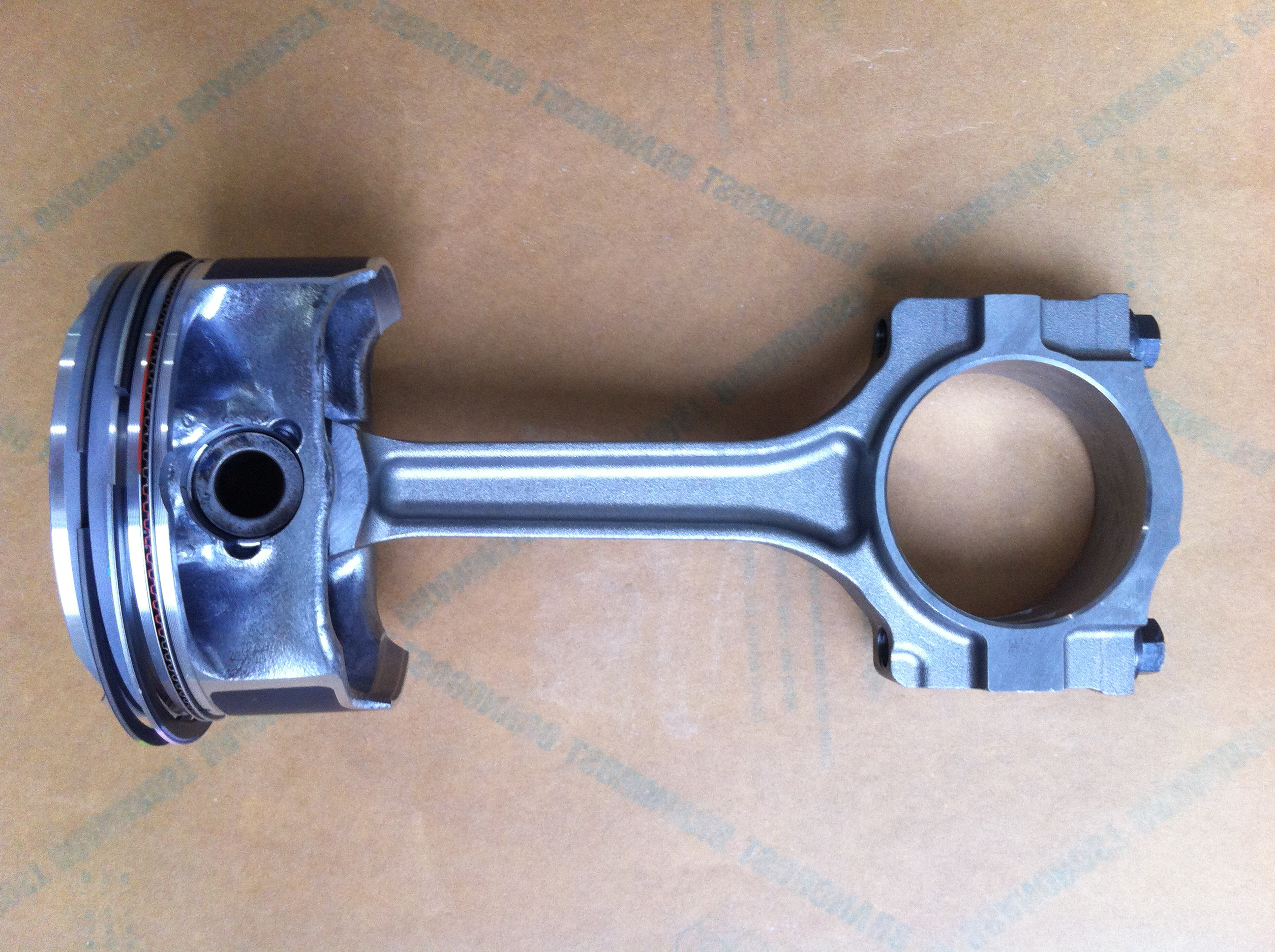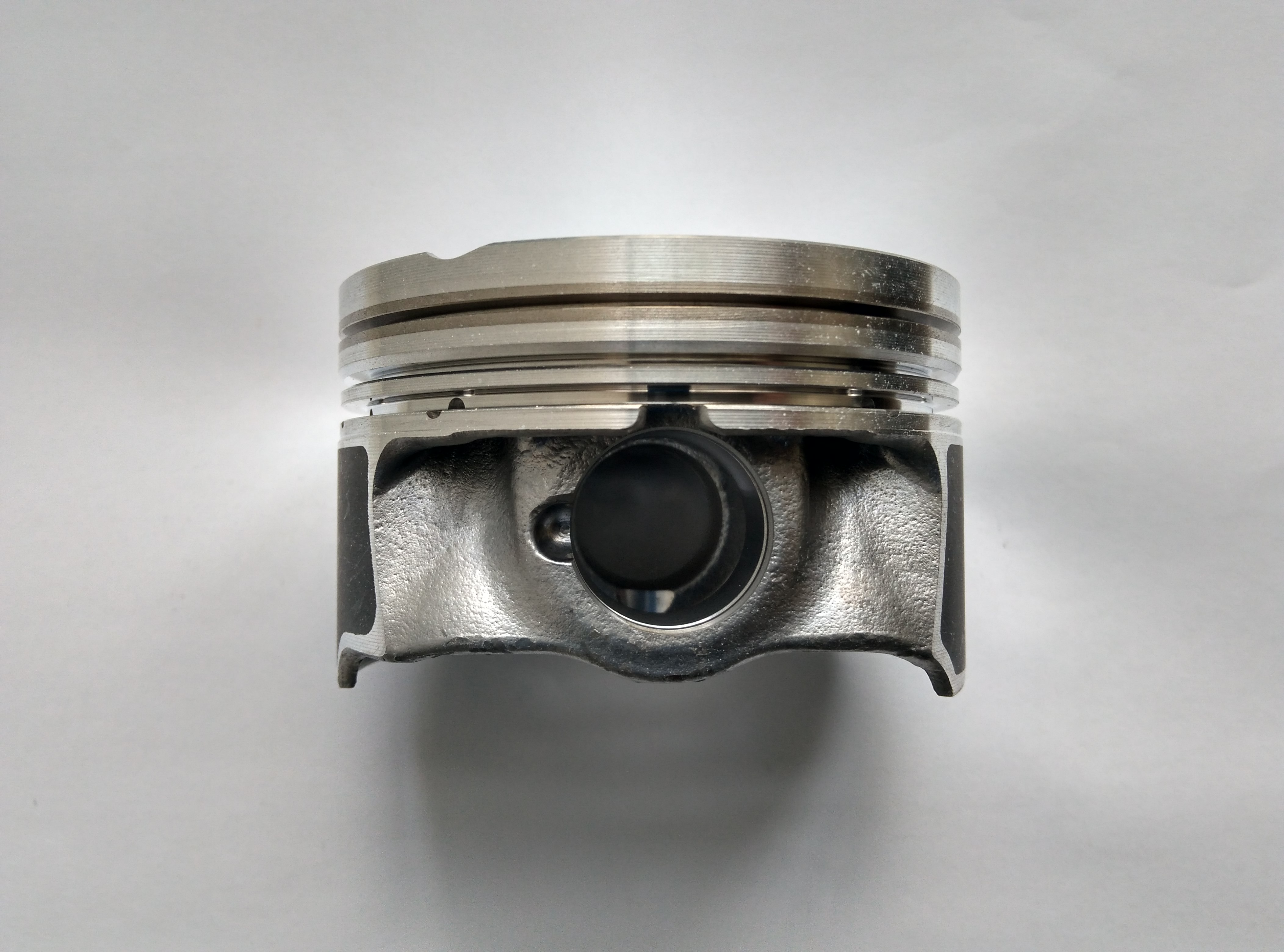Anti-corrosion of pistons
Piston is an important part of the engine, reciprocating motion in the cylinder, by the connecting rod and the crankshaft into a circular motion after the power output. If the piston is rusted, there will be a loss of engine power, resonance, cylinder pulling and other phenomena, so it should be rust-proof before assembly.

The main body of the piston is mostly made of silicon aluminium alloy, which contains silicon elements and is prone to rusting in humid environments, and is shaped as grey powder. Piston ring set on the piston, the material is mostly alloy cast iron, containing more easy to rust carbon, silicon, manganese and other elements, in a humid environment, and the main body of the piston in the narrow space is prone to condensation, corrosion will occur.

The most susceptible part to rust is the piston ring, followed by the piston pin hole. Sometimes, the piston will be assembled with the connecting rod, at this time the connecting rod becomes the most easy to rust except the piston ring. Rust prevention of the piston, focusing on moisture, if then combined with the gas phase rust prevention, rust prevention efficiency increases greatly, is currently the most commonly used and most effective rust prevention measures. Substances that make metals rust are water, oxygen, sulphur dioxide, chlorine, etc. When there is no rust protection, these substances can cause corrosion. When there is no rust protection, these substances are in direct contact with the metal, followed by corrosion reactions, and after a certain period of time they can produce rust visible to the naked eye.



The main measure to prevent moisture is the use of desiccant, which can absorb moisture, and condensation is not easy to be produced after the humidity in the package is reduced to a lower level, and corrosion reaction is not easy to occur. The antirust gas volatilised by the gas phase antirust material can be closely adsorbed on the surface of the metal, and the rust-causing gaseous water, oxygen, sulphur dioxide, chlorine and other corrosive gases can be separated from the metal, thus avoiding the occurrence of corrosion.

For rust prevention of less than 1 month, B+Z M3 Vapour Phase Rust Proof Bags are used. 1-3 months rust prevention requires the addition of montmorillonite or a highly hygroscopic desiccant. 3-6 months rust prevention requires not only an increase in the thickness of the rust prevention bag, but also a highly hygroscopic type of desiccant is recommended. For rust prevention of more than 6 months, U-shaped rustproof paper should be used on top of the former. In all scenarios, the rustproof bag should be sealed tightly, not only to prevent the leakage of rustproof gas, but also to reduce the entry of external moisture into the package.


 滬公網(wǎng)安備31011702005477號
滬公網(wǎng)安備31011702005477號